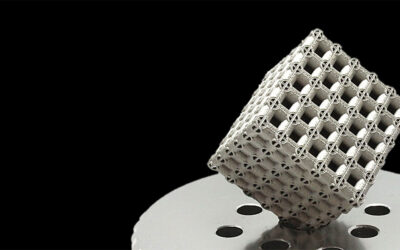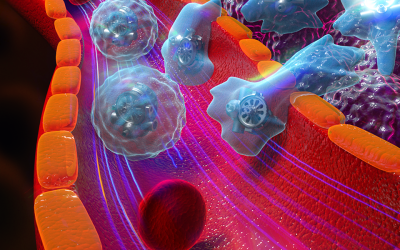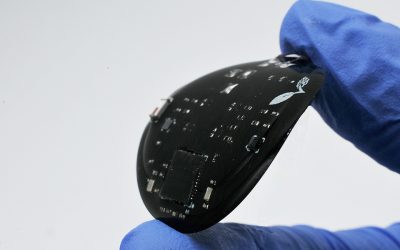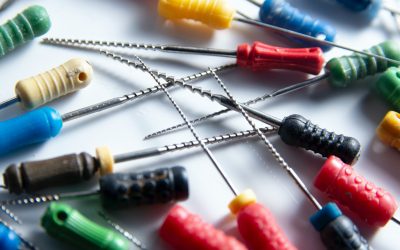Highlight on ”What Have We Learnt About the Mechanisms of Rapid Water Transport, Ion Rejection and Selectivity in Nanopores from Molecular Simulation?” Thomas et al., Small 10, 1453 (2014).

Transport of pure water and aqueous ionic solutions through solid-state membrane with nanoscale porous features has attracted increasing interests in the wide-spreading water and nanotechnology community, not only because of the rapid advancement of nanomaterials and nanofabrication, but also the pressing environmental challenges to recycle polluted water to fulfill large scale demands of clean water. In past decades particular hope is put on developing new generations of water treatment materials based on ever-advancing nanotechnology. Despite intensive efforts devoted into developing novel nanoporous membranes and their outstanding macroscopic performance demonstrated in laboratories, little is known about the mechanisms responsible for the rapid filling and transport of water through these nanochannels, as well as the rejection of ions and ion selectivity properties, at the atomic level.
Now scientists from Australia in Australian National University have examined recent progresses on the mechanisms of water and ion transport through nanoscale pores, mainly focusing on evidences obtained from molecular dynamics (MD) simulations. They summarized their findings and discussed the current status and future direction for water/ion nanoscale permeation in the review article published in Thomas et al., Small 10, 1453 (2014).
Experimental investigations on nanoporous water and ion conduction are often performed on macroscopic membrane materials with large, non-uniform, ill-defined pores embedded in complex matrices that can not be well characterized at atomic scales. In contrast, MD simulations provide information about the position and velocity of individual atoms in simulated system over time, after predetermined atomic configurations and momenta. It thus provides an “atomic-scale probe” of the structures and dynamical processes at question with details magnified at full atomistic scale (picometers in spatial resolution and femtoseconds in timescale, typical for all-atomic MD simulations).
Thomas et al. first examined three kinds of prototypical nanoporous membranes: carbon nanotubes, modified graphene sheet with nanopores, nanotubes with polar heterogeneity (such as boron nitride or silicon carbide tubes). For each type of membrane, the authors summarize experimental and simulation results for transport properties and novel behaviors concerning water/ion conductance through these model membranes. For instance, many studies have shown that water transport through nanoscale pores exhibits extraordinarily large flow rate, being many orders of magnitude larger than that predicted by Hagen-Poiseuille equation derived from macroscopic continuum fluid theory. The large water flux indicates a near frictionless flow of water in nanopores and weak water-wall interactions. This seems in apparent conflict with the observation that water fills in narrow nanotubes spontaneously. Strong ion rejection (rate >60%) is also observed for nanotubes with small diameters <1 nm. Perfect selectivity of cations over anions or vice versa, and of different cations (e.g. K+/Na+) are frequently found in MD simulations and some experiments, depending on the size of pristine bare nanotubes, functionalization of tube walls and pore rims, as well as the pH values and salt concentration of solutions.
In particular, the review article presents a strong focus on the atomistic mechanism for water/ion transport. At first glance, it may appear surprising that water enters the interior of hydrophobic carbon nanotubes. However, it was concluded that the free energy is actually lower for water-filled nanotubes than empty ones, thus water filling is thermodynamically stable. Different driving forces exist for nanotubes of different size: i) Entropy difference for small nanotubes (diameter <1.0 nm); ii) Increased enthalpy by hydrogen bond formation for slightly larger nanotubes (1.0-1.2 nm); and iii) Contributions from both translational entropy and enthalpy for large nanotubes (>1.4 nm). Structural match between water and the confined space inside nanotubes is the ultimate cause for the three distinct mechanisms in different regimes: single profile chain, ice-like polygonal phase, and layered liquid in small, intermediate, and large nanotubes, respectively.
Atomistic mechanisms for fast water conductance through nanopores are debated with many possibilities: i) Flat, perfect tube walls make the flow frictionless; ii) Vapor or depletion layer forms near tube walls; iii) A layer of water close to the wall screens water-nanotube interactions. By carefully examining various behaviors observed in simulations with different wall characters and water-wall interactions, Thomas et al. concluded that both mechanism i and ii are plausible, and are responsible for extraordinary large water flux in nanopores. Enhancing the polarity of the tube walls (by replacing carbon with B/N or adding point charges) can either increase or decrease water flux, depending on the balance between reducing water entry barriers and increasing water-wall friction by polar interactions.
A variety of mechanisms could be responsible for the observed ion rejection and selectivity, including pore size effects, changes in hydration shell structures, charge imbalance, specific interactions between the wall and water/ions; and entropic changes. Too small nanopores (diameter <0.8 nm) block the translocation of even bare ions, because depriving all hydration water molecules are very energy costly; while there is no much energy required for water passing through, as hydrogen bonds between water molecules are much weaker than water-ion bonding. Although different ions do have a different ionic radius, the selectivity for ion transport mostly depends on the size and flexibility of their respect hydration shell. Smaller ions or ions with higher valence bind water stronger, so they are more difficult to pass through nanopores whose size is smaller than the first hydration shell. Increasing pore sizes could result in a reversed order in free energy barriers for K+/Na+ selectivity. This is related to the difference in coordination number for ions inside nanopores.
Besides size effects, electrostatic interactions between ions and nanopores play an even more significant role to achieve perfect ion selectivity. Nanopores functionalized with partially charged groups select ions of opposite charges. For example, carbon nanopores functionalized with electronegative –F groups have repulsive interactions with anions while being attractive for cations, achieving excellent Li+/Na+/K+ selectivity over Cl−/Br− ions. The selective ion passing is not stopped until the buildup of electric double layer across the membrane to counter-act the selective potential of functional pore edges. The adverse effect is that water flux is greatly reduced after nanopore functionalization.
Overall Thomas et al. presents an excellent summary on how water and ions are transported through artificial nanopore membranes. The underlying mechanisms together with detailed atomistic processes for interactions between water/ion and membranes have now been explored by modern computer simulations. Full details about movements of water molecules and ions in solution at the vicinity of nanopores were obtained. Despite the intrinsic limitations in classical MD simulations such as the neglect of chemical bond formation and accuracy in force field parameters, this review represents a first step towards a complete atomistic picture of nanoporous water and ion conduction. A direct link and straightforward comparison between atomistic processes provided by MD simulations and macroscopic experimental measurements remains a serious challenge, however, before applications including water purification and biosensing become a reality.
















